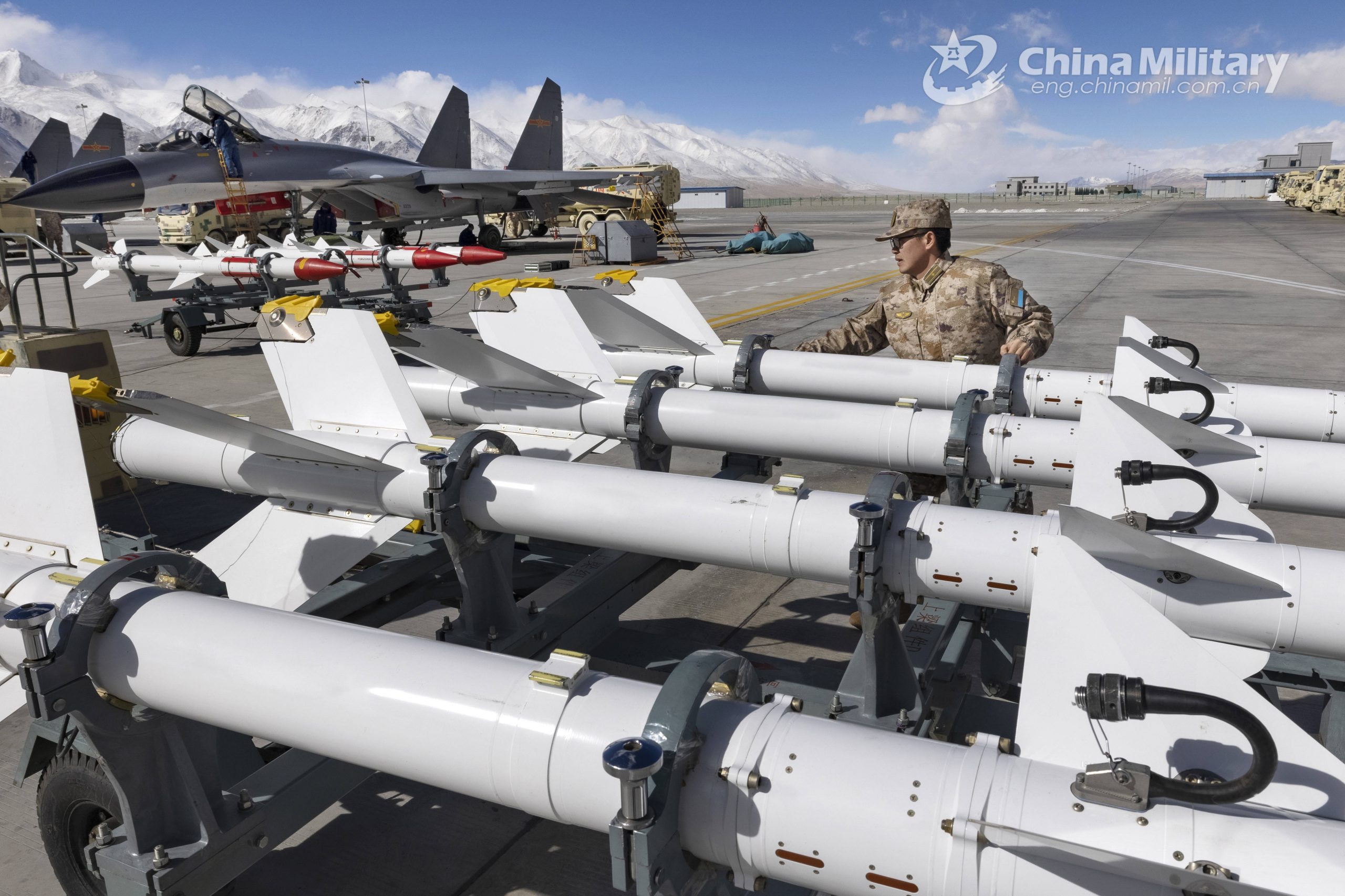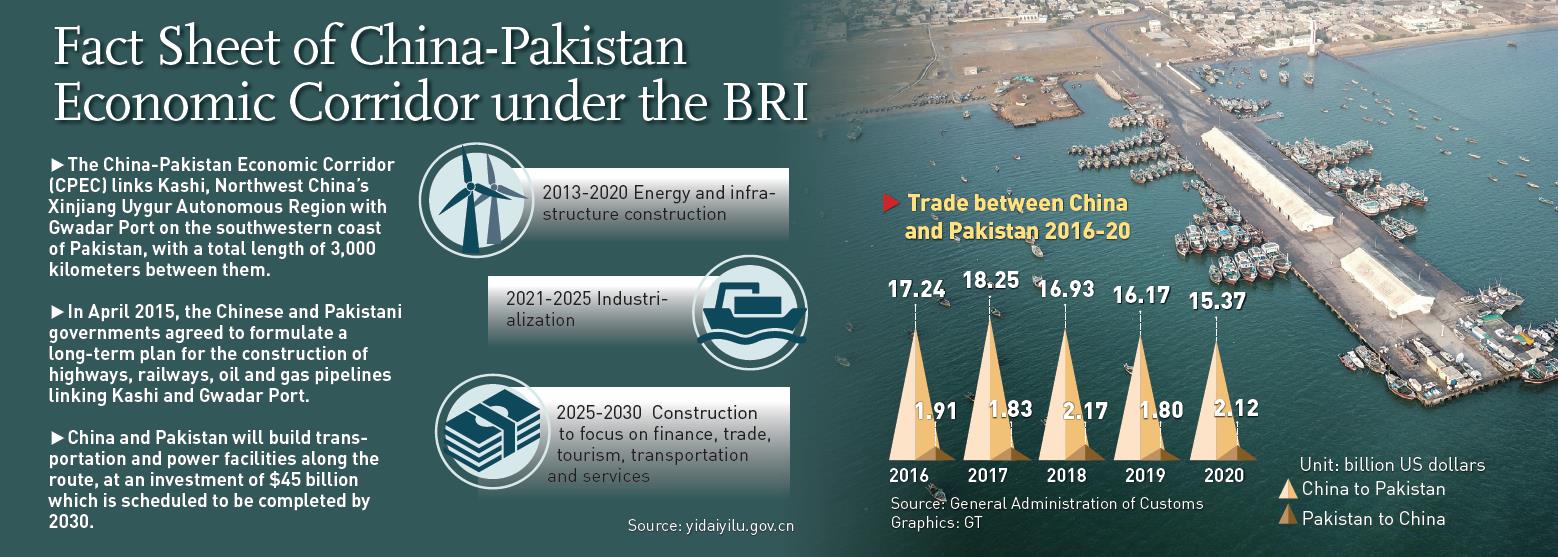China’s economic power, military might, and geopolitical influence have all seen massive growth. At the same time, Beijing has taken to aggressive posturing towards territories like Hong Kong, Taiwan, islands in the South China Sea, besides neighboring nations.
While some believe that it is the Asian giant’s rise to power that is behind this posturing, other quarters have noted that it is actually the opposite: the communist nation is being aggressive because of its inevitable slowdown in growth.
Is this “peak power trap” behind China’s many militarized infrastructure projects?
Over the years, the country has had made significant investments in key technologies and communications infrastructure, providing it with a strong position in the tussle for geoeconomic influence. At the same time, the power of Beijing’s military has also grown with persistent modernization pushes in some areas.

Along with this, the dragon’s ambitions of becoming a superpower have sprouted up. The nation is already getting other countries in its orbit by using the multi-continent Belt and Road Initiative to bring other states into its orbit.
However, since the late 2000s, the factors behind China’s growth have either stagnated or turned around completely. For instance, the Asian giant is running out of resources. It has an acute water scarcity. Besides, China is importing the largest amount of food and energy globally.
Additionally, the state of China’s human resources is looking grim. Data suggests that from 2020 to 2050, it will lose 200 million working-age adults and gain 200 million senior citizens.
This is bound to increase the pressure on the economy. These challenges are to be placed in the wider global context where China is confronting an increasingly hostile international environment.
While Taiwan is pumping up its military spending and plans on turning itself into a strategic porcupine in the Western Pacific, Japan has agreed to support the US in case China attacks the island.
The countries around the South China Sea, particularly Vietnam and Indonesia, are also focusing on padding up their air, naval, and coast guard forces to contest China’s extensive claims in the region.
Beijing’s Militarized Infrastructure
China has constructed a 16-km-long bridge that stretches from the mainland all the way to a small island in the Taiwan Strait – Pingtan. While this piece of infrastructure was completed in December 2020, the project itself is wider in scope.
In March last year, the Chinese government gave its seal of approval to extend the bridge to the main Taiwanese island.
Taiwan officials have not provided their approval for the same. Some quarters believe that the strategy is to build the 135-km-long structure first and then overcome any opposition to it. This is also a strong signal towards China’s dedication to “reunify” Taiwan with mainland China.

There are other bridges that are causing concern. The Hong Kong-Zhuhai-Macau Bridge was built by China in a little less than a decade. This 55-km-long bridge, one of the longest in the world, is supplemented by an undersea tunnel that links Hong Kong and Macau with the mainland.
Residents of Hong Kong had echoed fear about this bridge’s completion. They believe that Hong Kong would be “swallowed up” by the mainland if this trend of non-military occupation efforts continues.
China is also working on constructing a bridge over a Himalayan lake that lies along the Indo-China border. This bridge Being built over the Pangong Tso, which lies in territory that Beijing controls but is claimed by India, is likely to enable Chinese troops to mobilize quickly, according to analysts.
This construction has sparked concerns in India about the PLA ramping up military infrastructure in contested areas along their frontier.

The development of such infrastructure is not just limited to bridges. In 2018, China not only created seven artificial islands in the South China Sea but also militarized them. This area is not recognized as Chinese territory.
However, China does claim a large part of it. In addition to these islands, China is reaching the core of any state through its Belt and Road Initiative, establishing stronger geopolitical holds there.
In a piece for Foreign Policy, Hal Brands, the Henry Kissinger distinguished professor of global affairs at Johns Hopkins University’s School of Advanced International Studies, has postulated that this aggressiveness is due to China having fallen into the “peak power trap”.
What Is Peak Power Trap?
The “peak power trap” refers to a situation when a significant power that has reached its peak with dramatic growth, becomes aggressive toward other countries when it begins suffering a slowdown.
The trap unfolds when a dissatisfied country starts ramping up its power and expanding its geopolitical horizons. However, when such a state nears a decline, due to reasons such as a slowing economy or the rise of a coalition of determined rivals, the nation experiences an imminent sense of danger. In such a situation, a revisionist power may act boldly, erratically, and even aggressively, to grab what it can.
The logic behind it is that rapid growth fans a country’s ambitions, raising its citizens’ expectations and making its rivals and neighbors nervous. Then, growth hits its peak and starts slowing down.
This poses a challenge to the state’s leadership as it becomes harder to keep the public happy. Simultaneously, economic challenges make the country vulnerable to its rivals. Fearing upheaval, leaders crackdown on dissent. They try to keep geopolitical enemies at bay, largely through military endeavors. Expansion then becomes a viable solution to combat resource crunch.
Due to these factors, and in China’s particular context, there is a chance that the Chinese Communist Party may become increasingly heavy-handed in securing long, vulnerable supply lines. Beijing may also become more assertive with states such as Japan, the Philippines, and other countries that are contesting its claims to the South and East China Seas.
In order to make gains before it declines, or to prevent that decline, China could be tempted to use force to resolve Taiwan, and perhaps the Hong Kong questions.
- Contact the author at: shreyya.mundhra@gmail.com
- Follow EurAsian Times on Google News





